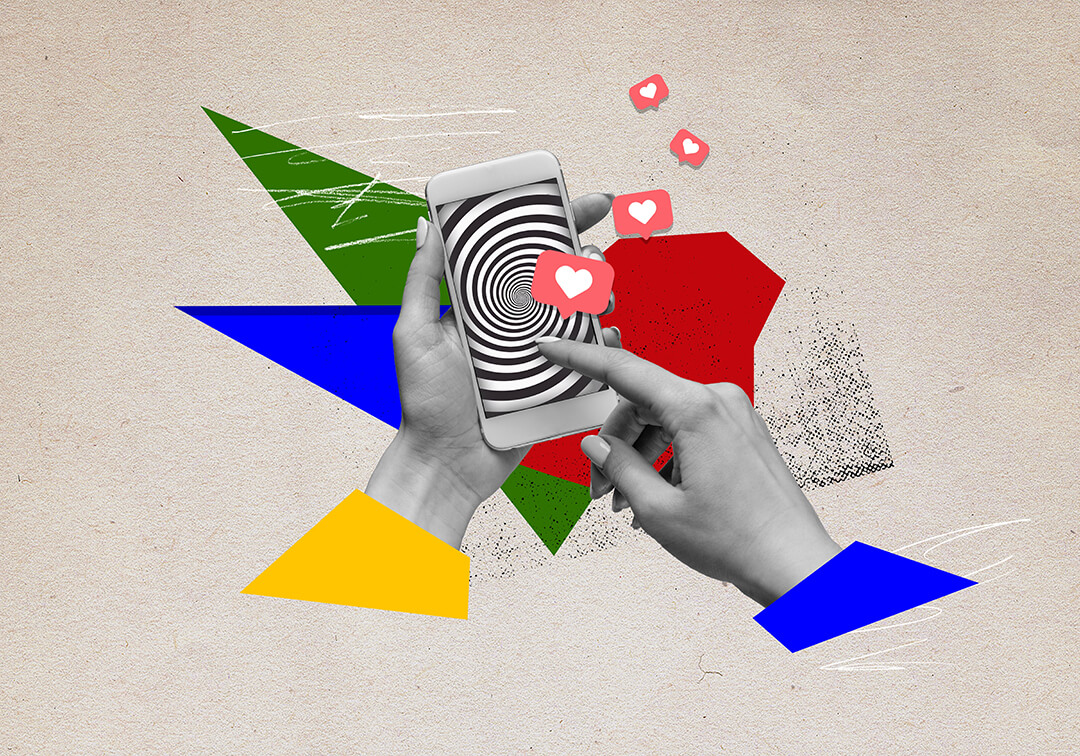If you’re wondering what the next generation of media consumers will want, check out the new report from the Digital Youth Project — an extensive three-year U.S. study on teens and their use of digital media.
This project was funded by the MacArthur Foundation and conducted by a team of 28 researchers from the University of Southern California and the University of California, Berkeley. They interviewed more than 800 teens and their parents, individually and in groups. They also asked the teens to keep diaries of what they did online and when. And they observed the teens on MySpace, Facebook and YouTube for more than 5000 hours.
Some highlights from the report:
- The net is useful. Despite what parents might think, teens’ time online is not wasted. It is practice for new social and creative skills.
- Motivation. Online media use is either friend-driven (“hanging out”) or interest-driven (“geeking out”) — or both.
- Safety. Online friendships — mostly are extensions of real-world friendships. (That is, not with scary unknown people.)
- Self-directed learning is peer-to-peer. Status is conferred by expertise, not age. (Adults do not get more respect merely for being adults.)
- They know it’s public. Teens do understand that their online life is public and creates a permanent record.
- Expectations of ubiquity. Internet use permeates teens’ days. They expect to be “always on” via desktops, laptops, mobile devices or phones.
Here are some points for news organizations and journalists to consider:
- Community is king. Teens live their online lives within communities, not alone.
- Remix culture. Teens respond to information and culture by appropriating, sampling and remixing it. They then look to their communities for reaction.
- Multimedia rules. Teens expect that information will be delivered by multimedia. They expect self-taught multimedia expertise among each other, including video and audio, graphic design and coding.
The influential blog BoingBoing applauded this report. Co-founder and young-adult author Cory Doctorow said: “If you care about kids and want to understand how they use technology and why, this is a must-read.”
MacArthur and the Digital Youth Project have posted the material inseveral formats: a short executive summary, a white paper, and the full report broken down by chapters (friendship, intimacy, families, gaming, creative production, and work). There’s also a video interview with principal author Mizuko Ito.





